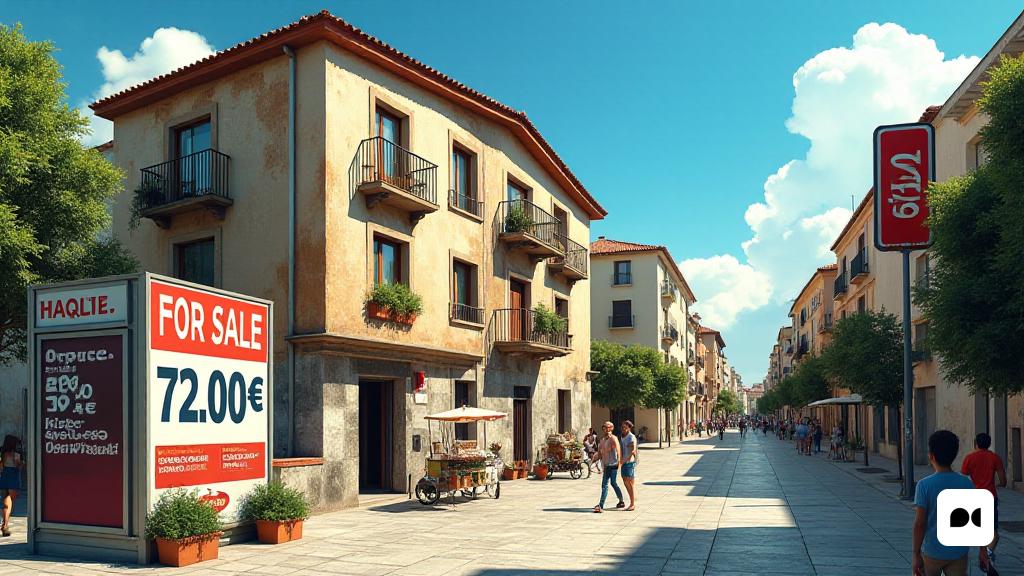OKUPED real estate prices: a viable alternative
Recently, the province of Tarragona has revealed a significant fall in the prices of squatted flats, with a reduction of 51% compared to free homes. Thus, it is possible to buy a typical property for only € 72,000, an opportunity that attracts many buyers in search of more affordable alternatives.
The situation in Lleida: adjusted prices
In Lleida, the trend is similar, with an average price of € 1,324/m², which is reduced by 57%, reaching € 572/m² for squatters. This reduction is a reflection of the housing crisis that affects many regions of Spain, where the demand far exceeds the offer.
A persistent housing crisis
The scarcity of housing is a problem that affects a large sector of the Spanish population. Currently, data from the National Statistics Institute (INE) indicates that only 0.5 homes are built for each new home, a situation that has led Spain to lead the growth of prices in Europe, with an annual increase in the Housing Price Index (IPV) of 11.3%.
Standing wages and the new okupation trend
Despite the increase in prices, wages have not experienced significant growth, further complicating access to the purchase of real estate. In the face of this reality, a new trend has arisen: the acquisition of squatted flats, which offer more affordable prices and extend the offer of ‘available’ housing.
Examples of significant rebates
According to Ferran Font, director of Studies of Flats.com, in cities such as Sevilla, the price per m² of squatters can be up to 66% lower than that of normal homes. Thus, a home of 90 m² can be purchased for € 57,150, compared to the € 168,570 that would cost in common conditions.
Catalonia: the focus of okupation
Catalonia is positioned as the Autonomous Community with more cases of usurpation, representing 42% of the incidents recorded. Barcelona stands out with 71% of total cases, where a squatted flat can cost 67% less than the market price. This allows buyers to access high -value properties for very small prices.
Sales in other cities
In Badalona, Sabadell and Hospitalet de Llobregat, the sales in the prices of squatters are 63%, 55%and 54%, respectively. These figures reflect a market dynamic where occupation becomes a viable solution to the lack of accessible housing.
Future perspectives of the real estate market
As the housing crisis persists, the tendency to acquire squatted flats is likely to continue to grow. Buyers, attracted by lower prices, could see in this option a solution for their housing situation. This new dynamic could transform the Spanish real estate market in the coming years.

